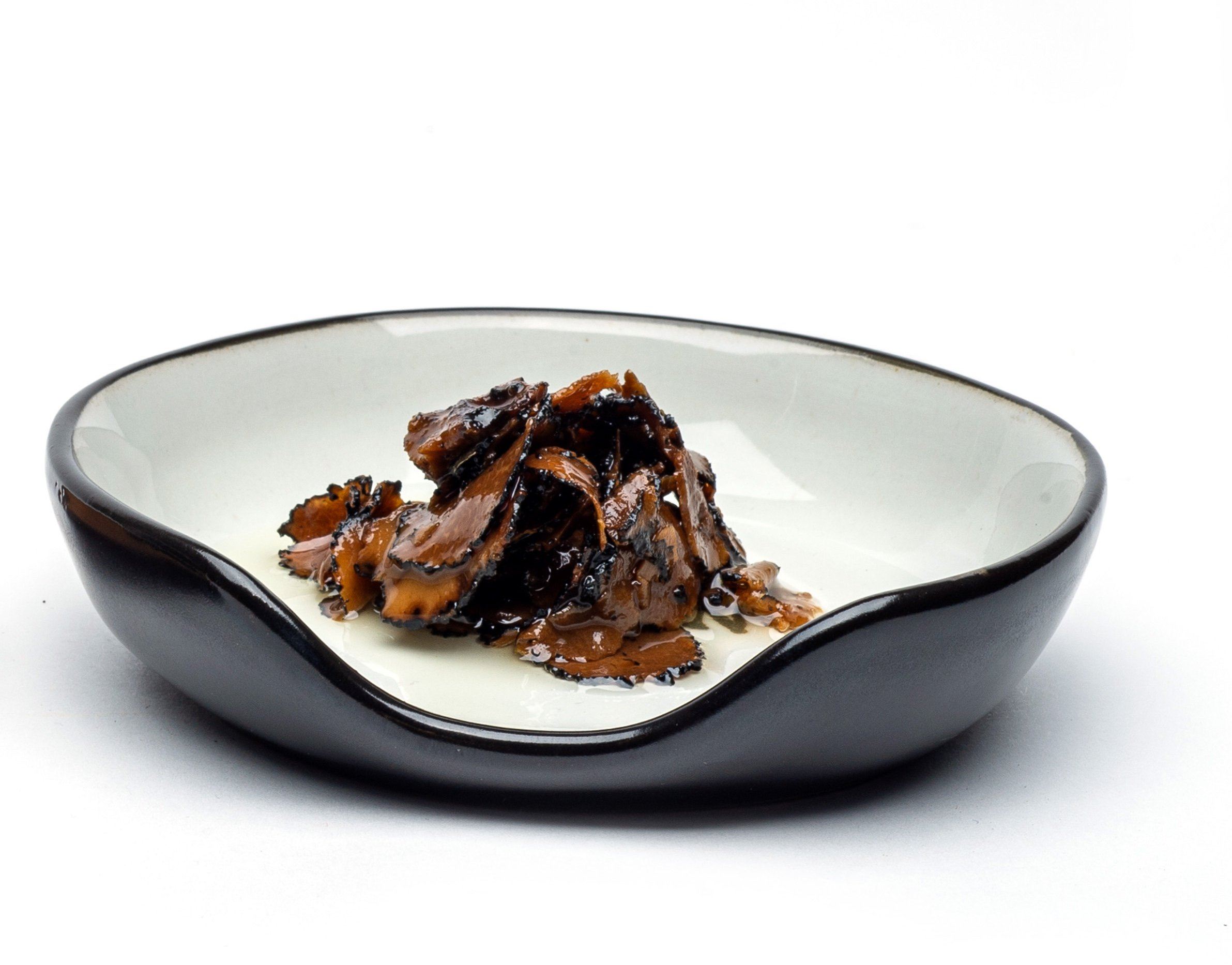Why Are Truffles So Expensive?
An In-depth Look Into The High Cost Of Truffles
A few years ago, a single truffle was purchased for over $60,000! Even wilder, that truffle was actually purchased at a bargain price. I get it, truffles are an incredible delicacy, but just why are truffles so expensive? Read on and I’ll tell you.
Truffles are seasonal.
Though different types of truffles are found at various times of the year and in multiple regions, no truffle is found year-round. The peak season for truffles is between October and December but varies from year-to-year based on weather conditions.
Furthermore, frush truffles must either be preserved or used right away to enjoy in peak condition. Once removed from the soil, the potency of the fragrance and flavor begins to dwindle.
Truffles only grow in specific areas.
Most truffles are now cultivated, but there are no guarantees that the fungus will grow at all.
Soil conditions have to be perfect with high moisture levels. They tend to prefer moist climates with cool winters and hot summers. In recent years, wild truffles have become smaller and harder to come by, thought to be because of global climate change.
Truffles grow around the roots of trees—especially oak, hazelnut, and birch, but they have also been found under other tree species. The fungus and the trees have formed a beautiful symbiotic relationship, where the truffles provide nutrients in exchange for safety and carbohydrates. As such, to cultivate the prized ingredient, farmers must first find trees that already have truffles growing around their roots, carefully remove the saplings growing in the same area, and transplant them on their farms. Then they nurture these trees and wait...and wait….and wait. After about 3 to 5 years, they might have truffles growing and they might not. There’s definitely high risk involved in truffle farming.
Truffles are not found above ground.
Unlike most mushrooms, the fruiting body of this particular fungus is found underground.
Some, experienced truffle hunters, who happen to be at the right place at the right time might be able to detect them without assistance. They will only be successful if the truffle is large enough and at such a shallow depth to crack the surface. Since truffles can grow at depths of up to a foot, though, it isn’t the most efficient means of locating them. In most cases, well-trained dogs are used to sniff out truffles. Pigs used to be the primary assistants to seekers of truffle. But the thing about pigs is, they could care less about pleasing the hunter and they often make the truffle their reward, gobbling them up before anyone else can get their hands on them. Interestingly enough, only female pigs are successful at finding truffles because the tubers possess a scent similar to that of a male pig, thus, attracting the females.
Truffle spores are not easily spread.
Unlike other mushrooms, the sexual fruiting body of the fungus is only found underground. This means, the spores are not spread by wind, rain, or being tracked through the forest. Instead, they rely on animals finding them, eating them, and dispersing them elsewhere. Though they evolved to withstand their treacherous journey through the digestive tract, this doesn’t always work out for them.
So you see, a truffle’s high price tag is warranted. Add to this long list of logical reasons the fact that there is nothing that compares to the taste of a truffle, and culinary enthusiasts and chefs typically don’t have any problem forking over top dollar for this pungent fungus!
Find black and white truffle carpaccio year-round here!







Slofoodgroup
Author